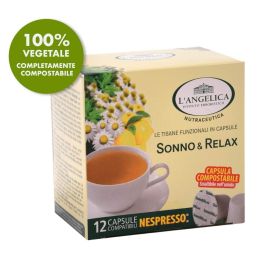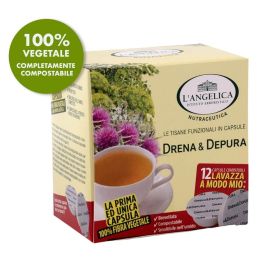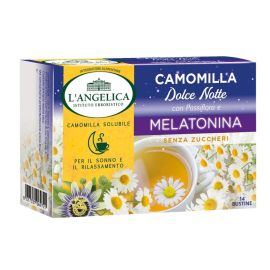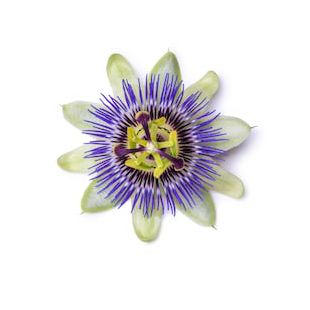Natural Ingredients
Passionflower
Cultivated in the gardens of the Aztec rulers since the time of Montezuma, it was introduced in Europe in the seventeenth century.
And 'it was inserted in the Pharmacopoeia as antispasmodic of choice, thanks to its proven sedative and anxiolytic.
The substances responsible for the particular activity would be maltol, the indole alkaloids, flavonoids.
The use of Passiflora is particularly indicated for sedation in the symptomatic treatment of neurotonic states of adults and children, particularly in the minor disorders of sleep.
For its sedative action is in fact indicated in mild forms of insomnia due to fatigue, stress, and insomnia that occurs in the climacteric and menopause.
It is also valid when the trouble sleeping is due to excessive intellectual work, or in people anxious and stressed out or depressed state.
Passiflora is able to provoke a physiological sleep and rapid awakening and complete without a result of depression or mental clouding.
Preparations of Passiflora are particularly indicated in the treatment of nervous disorders and in states of agitation of children.
In adults it is also indicated for the treatment of heart erethism (palpitations and tachycardia of anxious subjects).
In this has a usage quite similar to Hawthorn, which is often associated.
I nutraceutici
- Alkaloids (<0.03% of total alkaloids): arm themselves or passiflorina, indole alkaloid majority, accompanied, depending on the lot, to arm themselves and derivatives diidrogenati
- Flavonoids (from 1.5 to 2.5%): vitexin, Orientina, iso-Orientina, schaftoside, isoschaftoside and other
- Maltone (0.05%)
- Phytosterols, phenolic acids, coumarins, cyanogenic glycosides,
- Essential oil in trace amounts (composition not yet clarified)
- Organic acids (chlorogenic, gallic ...)





